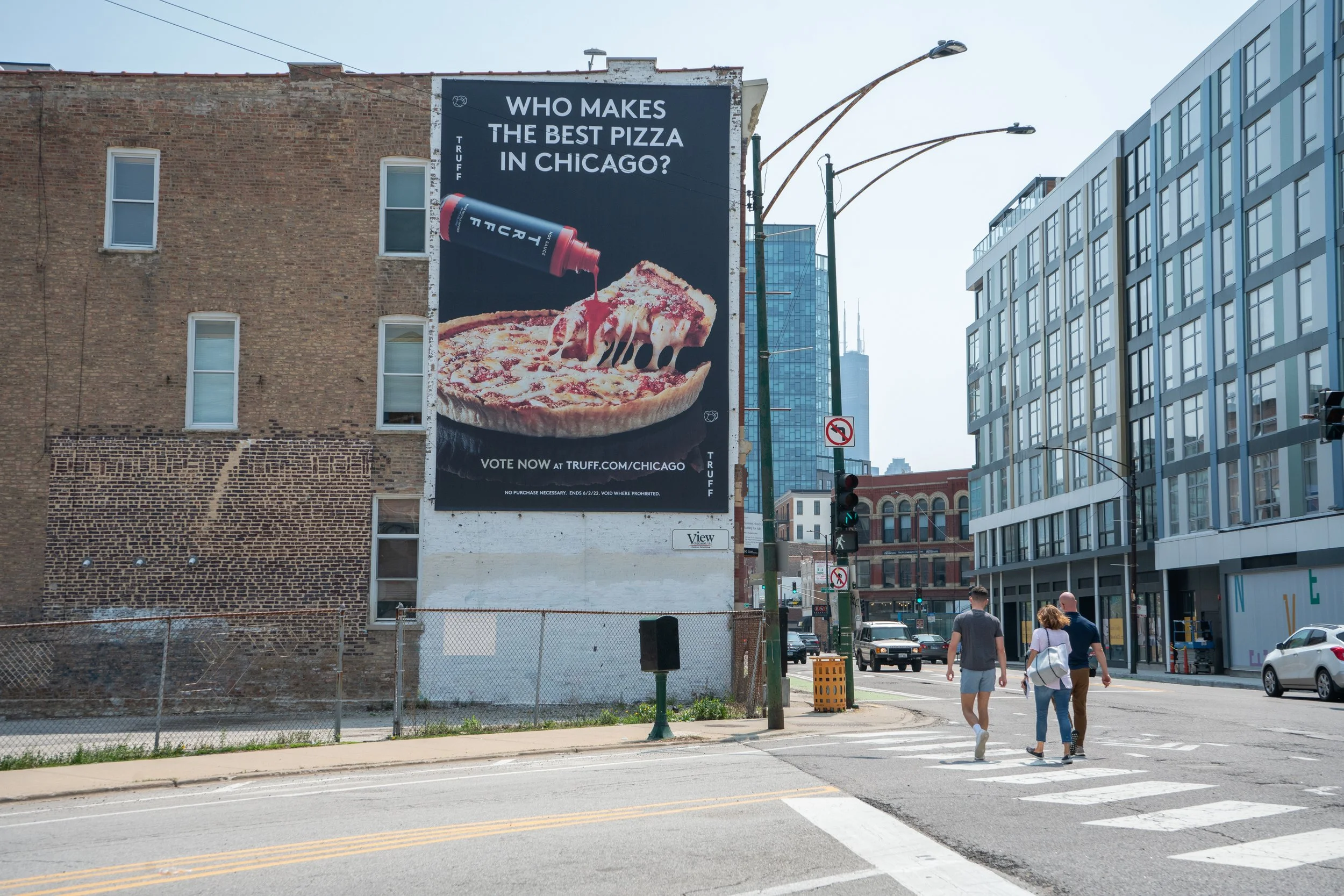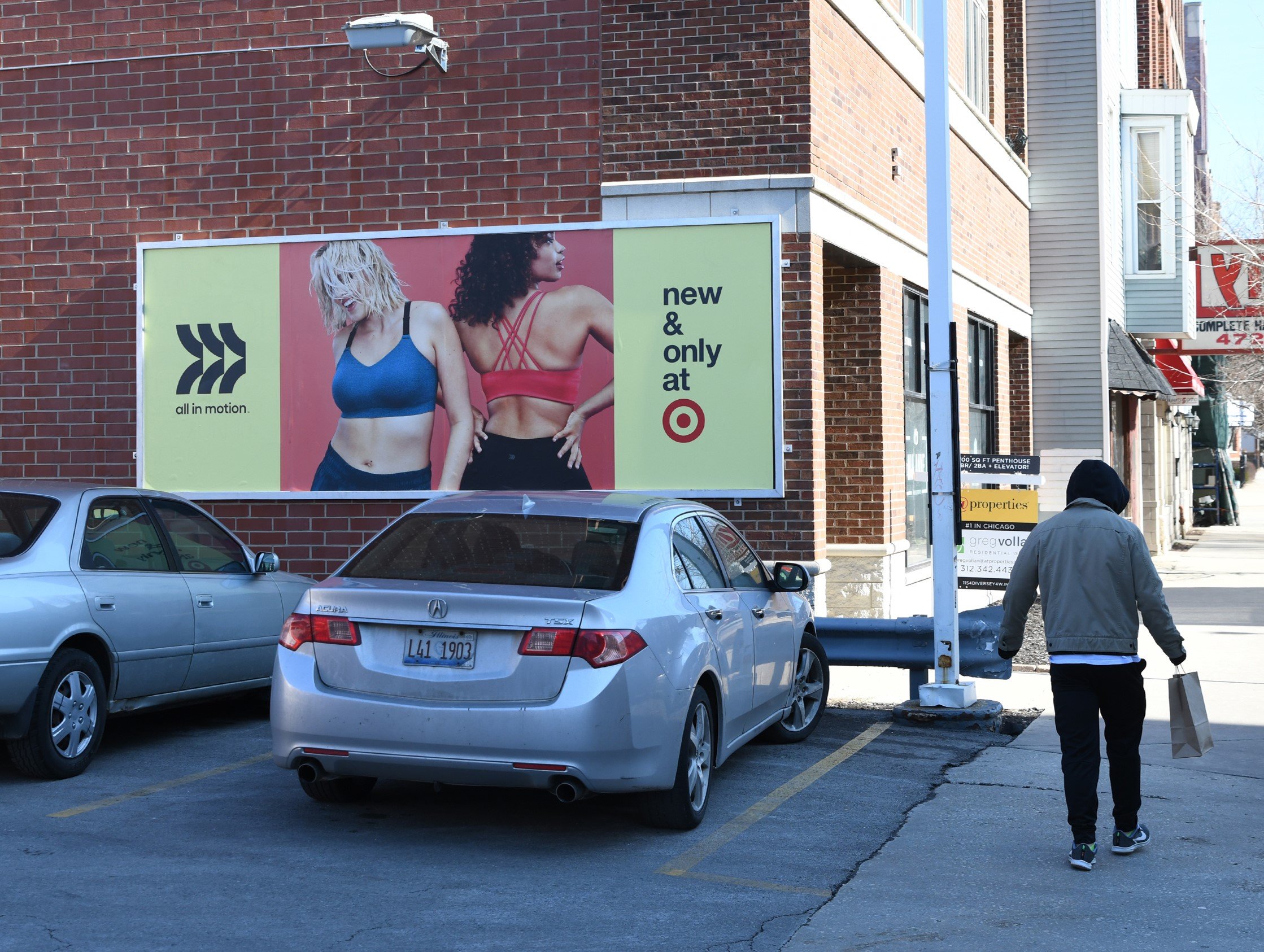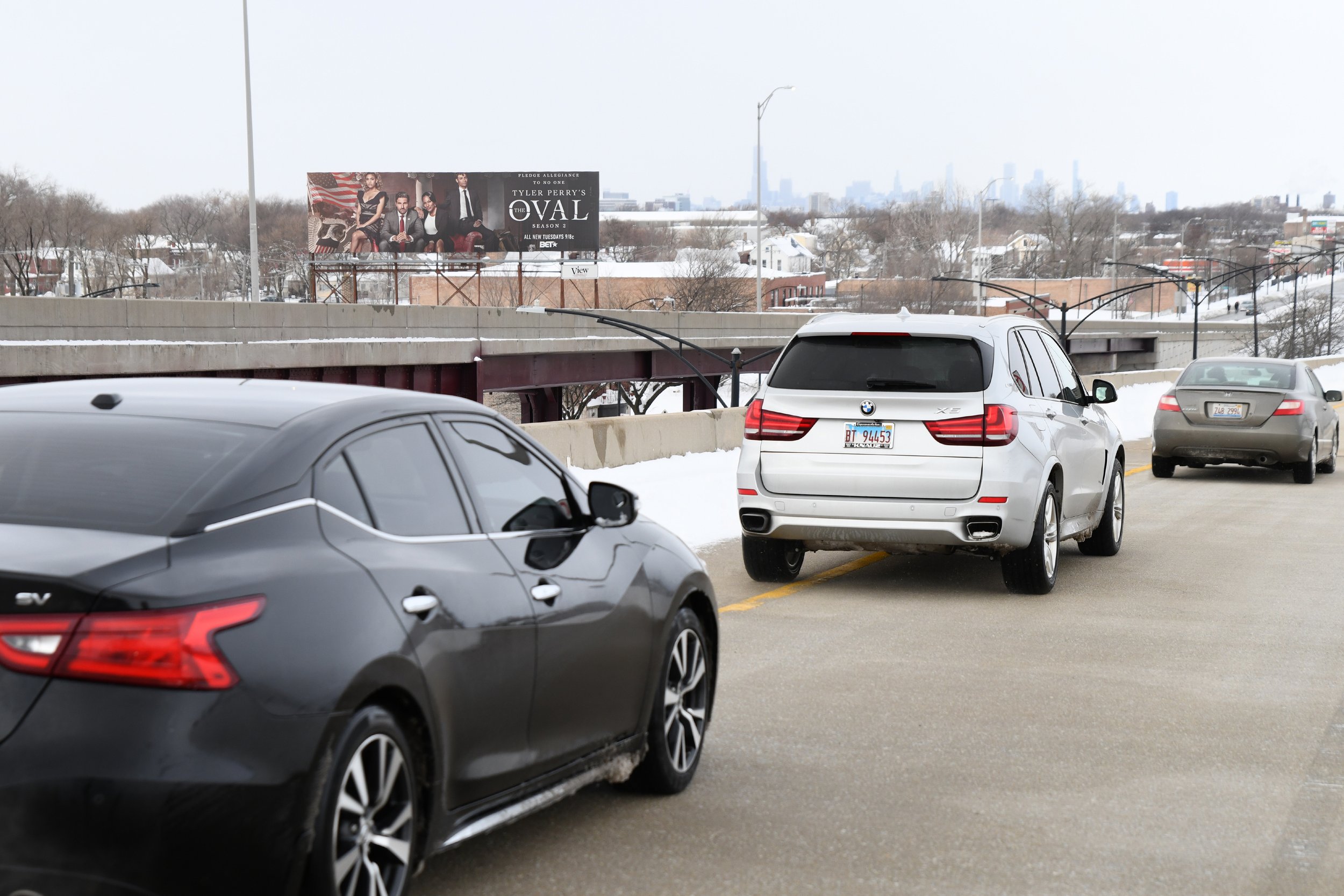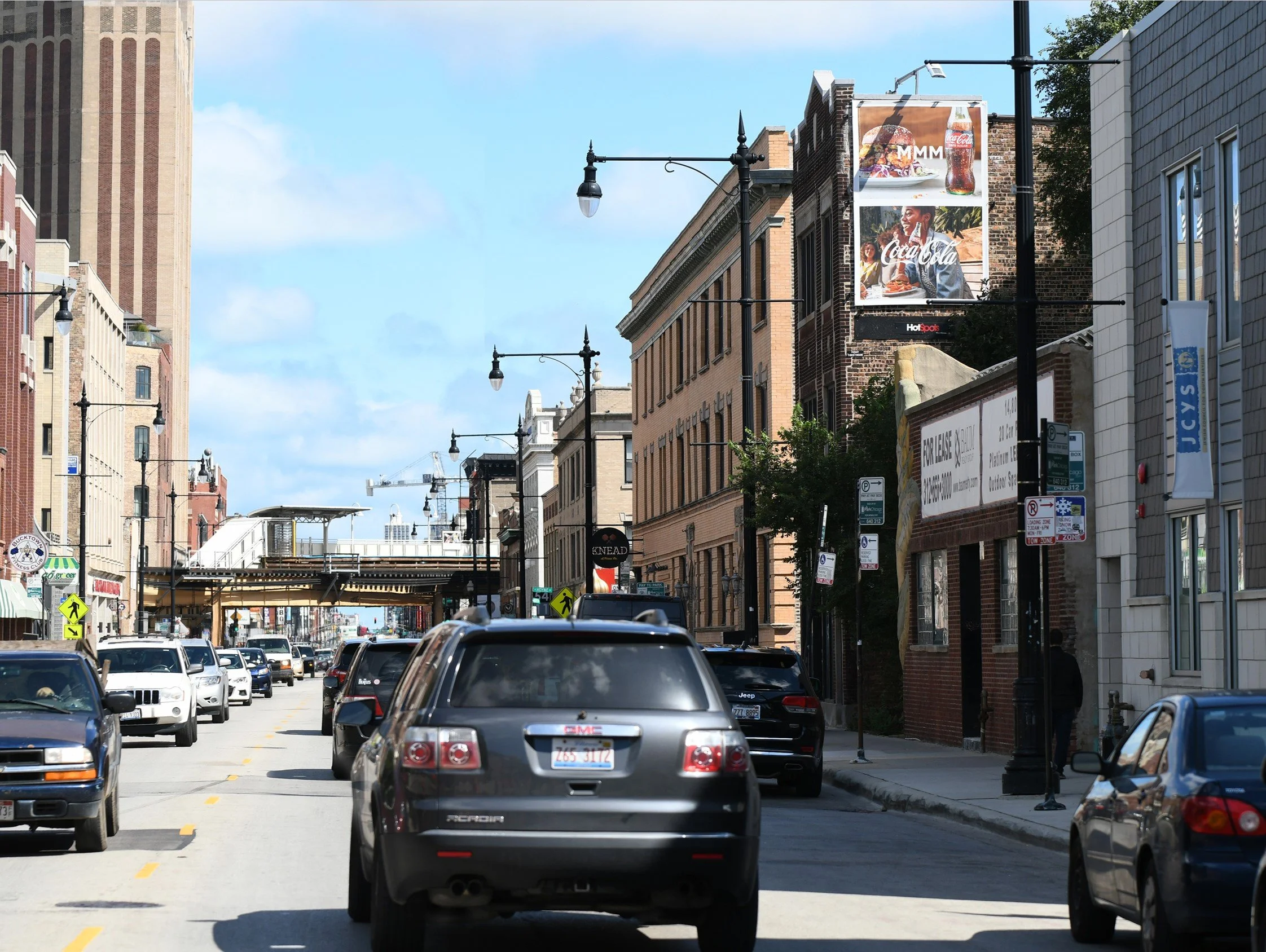For those planning their first billboard campaign, this checklist will help you understand the key points in the creation of a billboard campaign. With this checklist, you’ll be much more equipped to create a first billboard campaign for your brand that meets your goals and pays back in dividends.
You’re looking to plan your first billboard marketing campaign. Welcome!
Planning your first billboard campaign can be challenging without the right tools and resources. There’s locations to think about, metrics to measure, and even creative design elements to select to make your billboard stand out among the crowd. This checklist will help you make sure you’ve got all your bases covered for an outstanding first campaign.
If you’re looking for a quick introduction, check out the video below where we walk through some of the most important aspects you should review before starting an outdoor campaign. You can also read our blog on planning a billboard strategy.
While you could do all of these steps by yourself, it’s always better to find a billboard advertising company that can help guide you along the process. Billboard companies have been creating successful outdoor campaigns for years, so they can help you with many of the following steps, from finding the right location to targeting your desired demographic. Learn more about how working with the right billboard advertising company can help you get the results you seek.
Do Your Research
First things first—why do you want to create a billboard campaign? Is it just because they’re flashy and large? Or are you aware of the actual benefits of billboard campaigns?
Some brands see billboards and think just putting your brand on a billboard can bring you the results you seek. The truth is, it depends on what you’re looking for. It’s the same with any advertising medium. Advertising on social media, for instance, is exactly the same. You can’t just put your brand on Facebook Ads and expect magical results.
Billboard campaigns have some amazing benefits. They can reach large audiences, generate leads, drive sales, build visibility, and solidify your positioning. Billboards are especially valuable when used in conjunction with other media in a larger campaign, but we’ll get to that toward the end of the checklist.
You’ll want to think of a billboard as a long-term investment because responses and results tend to come in gradually—they aren't as immediate or measurable as online ads or direct mail.
At the end of the day, you’ll want to take a look at brands that use billboards. The biggest, best brands love billboards. Here are the top billboard advertisers in the US:
McDonald’s
Apple
Geico
Amazon
HBO
Coca Cola
Allstate
Anheuser-Busch
Comcast
American Express
Looking for more information on outdoor advertising? Check out our beginner’s guide here.
Define Your Goals
Just as with any advertising campaign, no matter the format, you’ll want to ask yourself: what are you looking to accomplish?
Billboards can help businesses obtain many results, like increasing brand awareness, sales, and visits to your brick and mortar store. Each goal comes with a different strategy. Do you go with a big billboard next to a highway or opt for smaller boards in neighborhoods? Do you target the city proper or go for ads in the suburbs? Do you include a QR code or will your website be enough?
In order to answer all of these questions and more, you’ll have to decide what results you want to receive from your billboard campaign. A billboard advertising company can help you define these goals to give you a better sense of what’s possible.
Bonus question: This is also the time to think about KPIs, or key performance indicators. In other words, what data or metrics do you care about? Going into the campaign knowing what data you find important will help you easily determine the effectiveness of the campaign.
Establish Your Budget
Getting the results you want with billboards is always possible. However, most brands aren’t looking to invest their entire advertising budget on billboards.
Narrowing down your budget before you start going deeper into the planning process can help you simplify your choices. This is also where a billboard advertiser can help you make a better decision. A billboard expert might be able to steer you toward the direction of a budget that will be necessary for the goals you’re looking to achieve.
Looking to increase brand awareness? A highway billboard might be an option, to hit a certain wide audience. Looking to direct people to your store in one neighborhood? A more affordable HotSpot might be enough to get you there.
Learn more about the cost of renting a billboard here.
Determine Your Target Audience
Who are you looking to reach? In Chicago, each neighborhood presents different demographics. Comparing Andersonville to Pilsen comes down to many factors. Take a look at the median income, or even the population size of the neighborhood. Each detail matters and will affect your results.
It’s helpful to think of your buyer personas and use those demographics to compare to Chicago neighborhoods. A billboard advertising company like View Chicago can show you demographic and geographic profiles to help you make the right decision.
Find the Right Location
Location isn’t just about the neighborhood. Once you’ve decided on demographics and found the right neighborhood or suburb to target, you’ve got to pick the right billboard location within that neighborhood. Do you want the board next to the subway exit, or do you prefer the billboard near the highway?
In some cases, we’ve been able to find our clients billboard locations just blocks away from their store. The proximity lends itself for directional billboards, where you can tell people where your store is in relation to where they are. These billboards are very helpful for increasing store visits.
Develop Your Messaging
What text will you include in the billboard? When it comes to text on billboards, we often recommend making sure it can be read in 5-10 seconds. Remember, most people viewing billboards are on the move, whether driving, walking, or riding the CTA.
Consider your brand’s selling points. What value propositions can you offer your audiences? What problems do your products or brand help solve? Are you running a promotion?
Use text to inform your audiences of the most important message you want them to remember. In many cases, they’ll be seeing your billboard multiple times, so make sure the message is something important about your brand that will come to mind when they need your services.
For marketers: Consider your call to action. What do you want people to do after they see your billboard? In some cases, the purpose of the billboard may just be brand or product awareness. In others, you can include a QR code
Design Your Creative
In billboard campaign lingo, “creative” is the word we use for the design of the billboard. Billboard creative is the actual imagery and text used on the board (for English nerds, it’s a noun, not an adjective).
First and foremost, take a look at our different formats.
Learn About Different OOH Formats
HotSpots are our most popular format, mainly because they are so versatile. Their smaller size makes them more affordable, so there’s usually more in the budget to cover several spots and reach more of your audience. Wild Postings are similar, though their shape lends itself for more trendy and eye-catching design.
For a more impactful campaign, consider Bus Wraps. Wrapped buses are difficult to ignore, and you’d be reaching the staggering millions of people who ride or pass by buses in Chicago on a daily basis. Wallscapes are also perfect if you’re looking to make a big and bold impression.
For expanded coverage, try Street Furniture. It works to expand your Chicago coverage into the suburbs, an often-overlooked part of the Chicago DMA. Street furniture also helps increase frequency, exhibiting your brand to commuters throughout their journey from home to work and vice versa.
Each format has its benefits, so it all depends on your goals and your strategy. Whether you want to target a specific demographic, or you need to create a constant reminder of your brand, OOH is versatile and can be molded to fit your needs.
Learn more about the pros and cons of each billboard here.
Design the Perfect Billboard
Billboard design is an art. The imagery and text, and their relationship on a billboard can convey so much about your brand or products in just a few seconds.
When designing your first billboard, consider the following tips:
Imagery: Use photos or graphics that represent your brand. Bonus points if you use images of people that represent your buyer personas. You want people to immediately recognize themselves or their pain points in your billboard.
Simplicity: Make sure your design is simple. It should be easy to understand visually in a matter of seconds. Don’t try to fit too many ideas into one billboard. Packing your billboards full of information often clouds the meaning and messaging of your branding. Your audience is either driving or walking by your billboard, so pick a design that can be understood quickly.
Font: The font you use is more important than you think. Make sure the font is legible from far away, and that it matches your branding and the messaging. You won’t want to use a script font for a tech brand, for instance. Avoid using all caps, and make sure the spacing between letters and lines are appropriate.
Color: Try to use contrasting colors so your design is easy to view from a distance. High color contrast can improve ad recall by 38%. By using contrasting colors, not only will you ensure your ad pops, but you will make sure the messaging sticks with your customers.
For more tips on outdoor advertising design, check out our blog here.
Pair your billboard with online campaigns
Billboards don’t exist in a vacuum. Studies show billboards are much more effective when paired with online or social media campaigns; this is because you’re reaching people through several means, in different circumstances. When someone is out and about, shopping or going to work, your billboard can make an impression. Later, when that person is at home scrolling through their social media, your ad can make them recall your billboard and make an even bigger impact.
This is an optional step, of course, but it’s important to take this option into account. Learn more about why pairing your billboard campaign with a social media drive can be effective here.
Measure your results
Once the billboard is up, you’ll want to make sure you’re collecting data. Here’s a good resource on the types of data you’re able to collect and what you should be looking at.
In the end, you want to be able to answer the question: is my billboard working? Data can help you calculate ROI and understand how your billboard is performing so your next campaign can be even more effective. Learn more about calculating billboard ROI here.
The Checklist
Here’s the checklist all put together so you can print it or save it for your convenience:
Do your research
Define your goals
Establish your budget
Determine your target audience
Find the right location
Develop your messaging
Design your creative
Pair your billboard with online campaigns
Measure your results
Start with the first step, and if you need help, our account executives are here to help you better understand how a billboard campaign can get you the results you seek.
